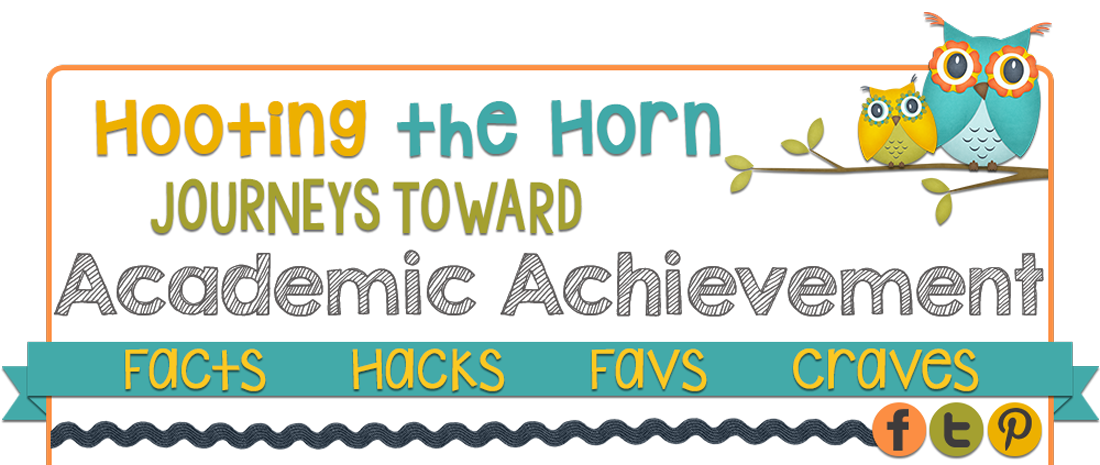 I'm celebrating "Learning is Love" this week with my fellow Texas teachers Lauren of Leaf and STEM Learning and Randi of Teaching in an Organized Mess. We want to share why we love learning, and we hope our love will bring inspiration to educators as we close out January 2016.
I'm celebrating "Learning is Love" this week with my fellow Texas teachers Lauren of Leaf and STEM Learning and Randi of Teaching in an Organized Mess. We want to share why we love learning, and we hope our love will bring inspiration to educators as we close out January 2016. Click Here to get this Groundhog Day Freebie on TPT!
If you have followed my blog long enough, you know that I'm addicted to shopping at dollar stores and finding materials that can spark a love of learning in students. My recent trip was no different; I found some plates and tape. I just had to find a groundhog. And I knew I couldn't dig for it. Instead, I found a wonderful set of groundhog images from Educlips on TPT.
My mission (and the mission of my students) is to create a sundial and take it outside to see if the groundhog can see its shadow. It's a great activity for elementary grades, but middle school students can benefit from it as well.
What shape is it?
First, students should cut the groundhog to size. I ask students to identify the shape of the cutout. Most students will immediately answer triangle. Prepare to ask them again, but tell them you want to know the shape of the entire cutout.
 |
| Hint: It's a trapezoid. :-) |
Find the area
Yep, break out those rulers. Once students identify the shape of the cutout, they'll need to find its area. What looks like a print out, a plate, and some tape is turning into a nice, engaging lesson. To facilitate this part of the lesson, students round measurements to the nearest half-inch (or half-centimeter).
Fold it up
After students find the area, I ask them to fold the shape along the dotted line. Now, there are two shapes. Students must identify them and find the area of those two shapes. Next, they'll reflect on the area of the first shape and the area of the two shapes.
Finally, the sundial
Never one to lose out on a chance to review, I'll ask students to identify the shape of the plate before marking the center. Students should place the plate face down. If you are working on circumference and area of circles in your classes, its a great time for students to review those concepts.
- After marking the center of the plate, students should write the numbers for their "clock" around the perimeter of the plate.
- Students can attach the groundhog to the center of the plate using tape. The groundhog should line up with the 12 and the 6.
- Take the plates outside (or to a well-lit room). Will the groundhog see its shadow?
- If you have an outside area or room that receives sunlight for an extended period of time, set of the groundhog sundial and observe how the shadow changes over time.
 |
| The plate before attaching groundhog |
Hopefully, you can use this quick and fun activity in your classroom this Tuesday. If you're looking for other blogs in our Learning to Love series, please check out Lauren's blog or Randi's blog.
Want to win a $25 TPT gift card? Click here to find out how!!!
What FREEBIES: Click here!
Tell the world what you love about learning on Twitter: #learningislove








